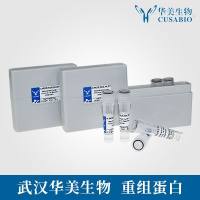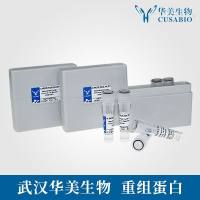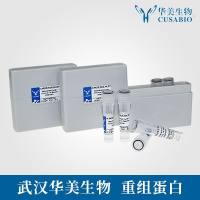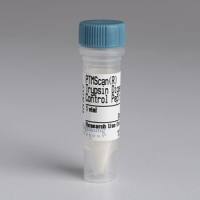Determining the Cellular Targets of Reactive Oxygen Species in Borrelia burgdorferi
互联网
互联网
相关产品推荐

Recombinant-Borrelia-burgdorferi-Apolipoprotein-N-acyltransferaselntApolipoprotein N-acyltransferase; ALP N-acyltransferase EC= 2.3.1.-
¥13412

MYH9/MYH9蛋白Recombinant Human Myosin-9 (MYH9)重组蛋白Cellular myosin heavy chain, type AMyosin heavy chain 9Myosin heavy chain, non-muscle IIaNon-muscle myosin heavy chain A ;NMMHC-ANon-muscle myosin heavy chain IIa ;NMMHC II-a ;NMMHC-IIA蛋白
¥1344

Nrros/Nrros蛋白Recombinant Mouse Negative regulator of reactive oxygen species (Nrros)重组蛋白Leucine-rich repeat-containing protein 33 (Negative regulator of reactive oxygen species) (Lrrc33)蛋白
¥2328

SARS-CoV-2 Spike 鼠单抗(Omicron Reactive)
¥2000

Wnt/beta-Catenin Activated Targets Antibody Sampler Kit
¥500

